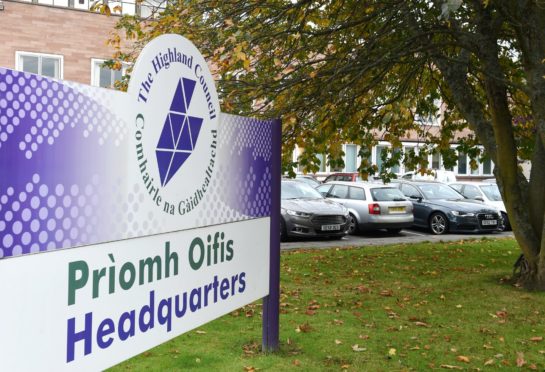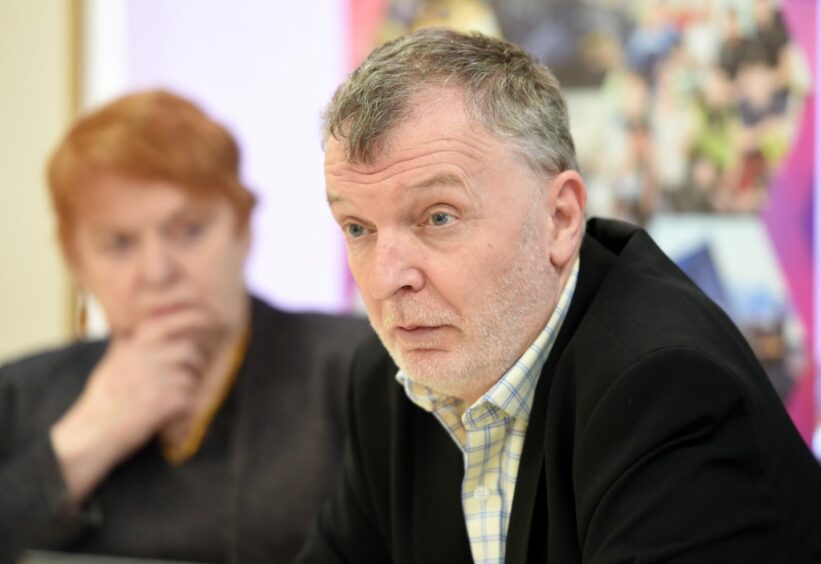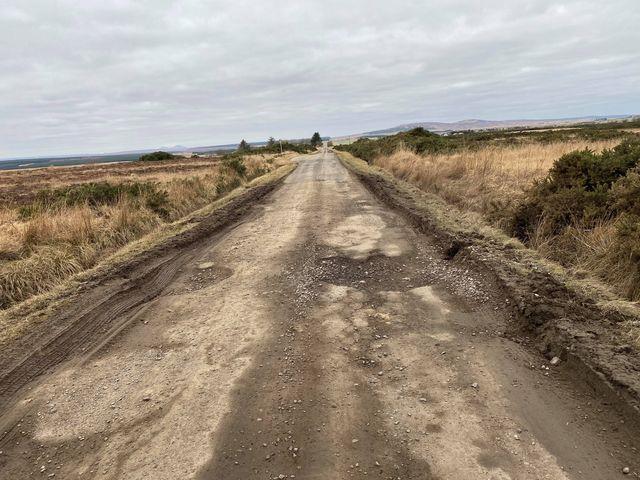Roads, green energy, education and families form the centrepiece of Highland Council’s budget proposals.
Despite a £114.5m budget gap in the next five years, the council hopes to invest in a more sustainable region.
The draft budget papers – which will go before members on Thursday – are made up of pain and gain.
The pain: a 3% hike in Council Tax and £11.8m in cost-cutting across services.
The gain: a £10m investment plan towards a Sustainable Highland, including £5.5m to address the crumbling roads infrastructure.
How bad are the books?
Highland Council puts its budget woes down to a “challenging financial settlement and significant inflationary pressures”.
The spectre of Covid, Brexit and the cost of living crisis makes it hard to be optimistic.
The total budget gap over the next five years is estimated at £114.5m, based on ‘prudent’ calculations.
That’s £34.1m in 2022-23 alone.
Inflation accounts for over £8m of that gap, with the council feeling the pinch from the rising cost of fuel, labour and materials.
Then there’s the risk of further localised Covid outbreaks, and the so-called ‘hidden harms’ from unemployment, poverty and the health backlog.
The council also has significant debts, and while interest rates are low, they’re on the rise.
Finally, Highland has an ageing population, with a heavy drift towards Inverness.
This leaves the urban areas with shortages in homes and schools, and the rural areas struggling to stay viable.
Highland loses out in Scottish Government funding mechanism
The Scottish Government grant accounts for 80% of the council’s income, with only 20% coming from Council Tax.
Finance bosses say the initial funding settlement represented a £3.9m cut in core funding.
Highland Council say other areas of Scotland received a flat cash settlement, but Highland loses out because of the government’s funding distribution mechanism.
After lobbying from Cosla, the Scottish Government agreed an additional £5.4m for Highland.
However, this is a one-off payment for the coming financial year.
Highland Council says this represents a modest increase of £1.5m against cost increases exceeding £35.6m.
To bring in more cash, the council is asking members to agree a 3% increase in council tax.
This will deliver an extra £3.9m.
However, the council will deliver the £150 cost of living award to all eligible tax payers.
This will be applied as a credit to the accounts of people in receipt of council tax discount, living in A, B, C or D banded properties and people who are exempt from paying.
Savings and investments
As well as bringing in extra income, Highland Council will need to make budget savings.
There are new proposals totalling £11.8m, with the heaviest cuts falling in corporate and cross-service efficiencies.
Education, housing and health also feel the pain, with cuts of £1.7m, £571,000 and £500,000 respectively.
This follows many years of cuts in roads, infrastructure and community services.
Recent years have seen a reversal of this approach as Highland constituents condemn the state of the roads.
The council’s flagship budget proposal aims to turn that around. Titled Sustainable Highland, it’s a health and prosperity strategy made up of £10m investments.
Unsurprisingly, roads get top billing.
£5.5m is allocated to improve the network. Importantly, £2m of that is recurring spend, to fund wages and materials, and £3.5m for new schemes, projects and plant equipment.
The Sustainable Highland proposal also targets £2m towards climate action, green energy and jobs.
Programmes targeting improved education and family support attract £1m each, and there’s £500,000 towards rural transport.
The vision is a positive one of a lean, green Highland.
But as families across the region battle the cost of living crisis, the council tax hike may feel like one blow too many.


